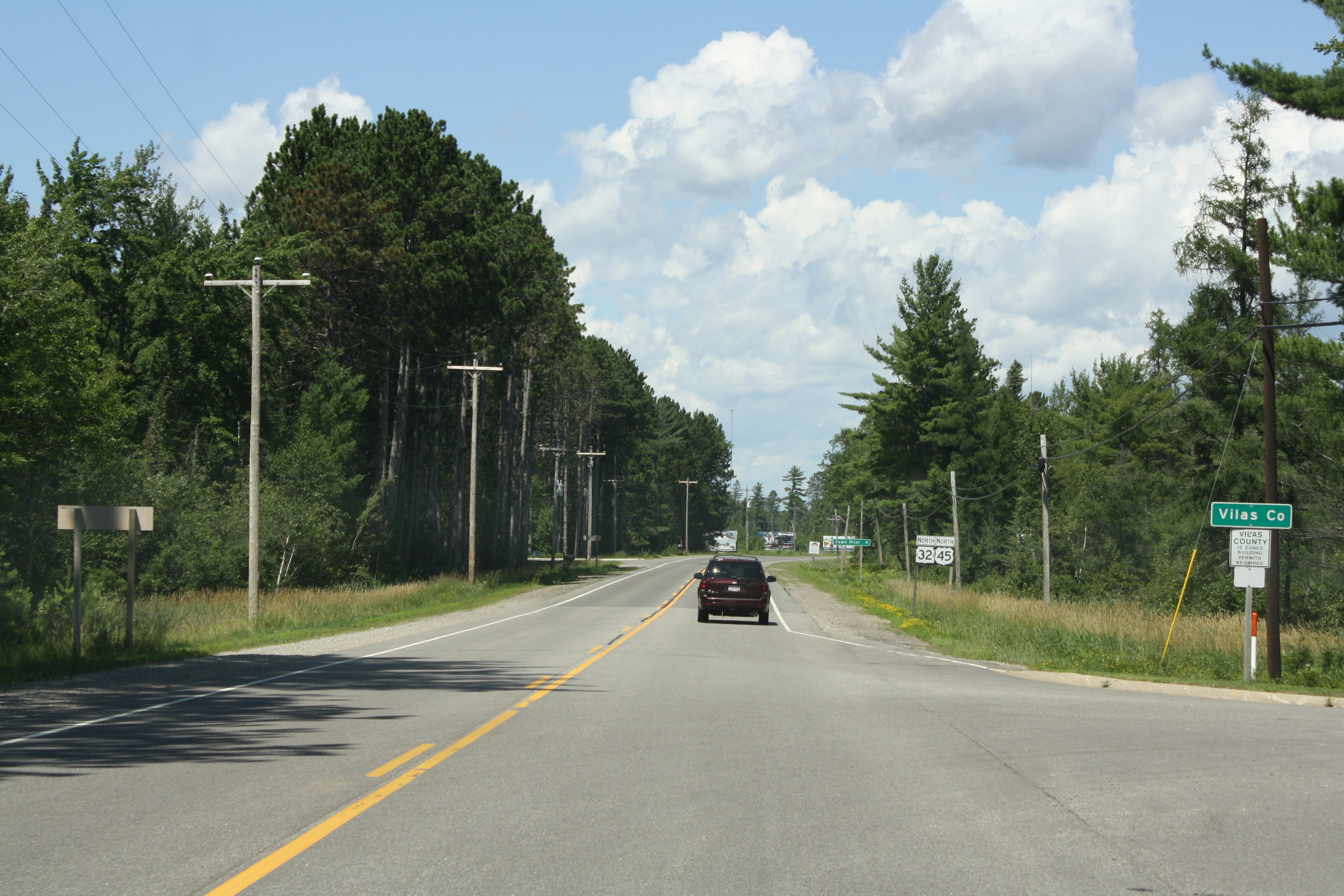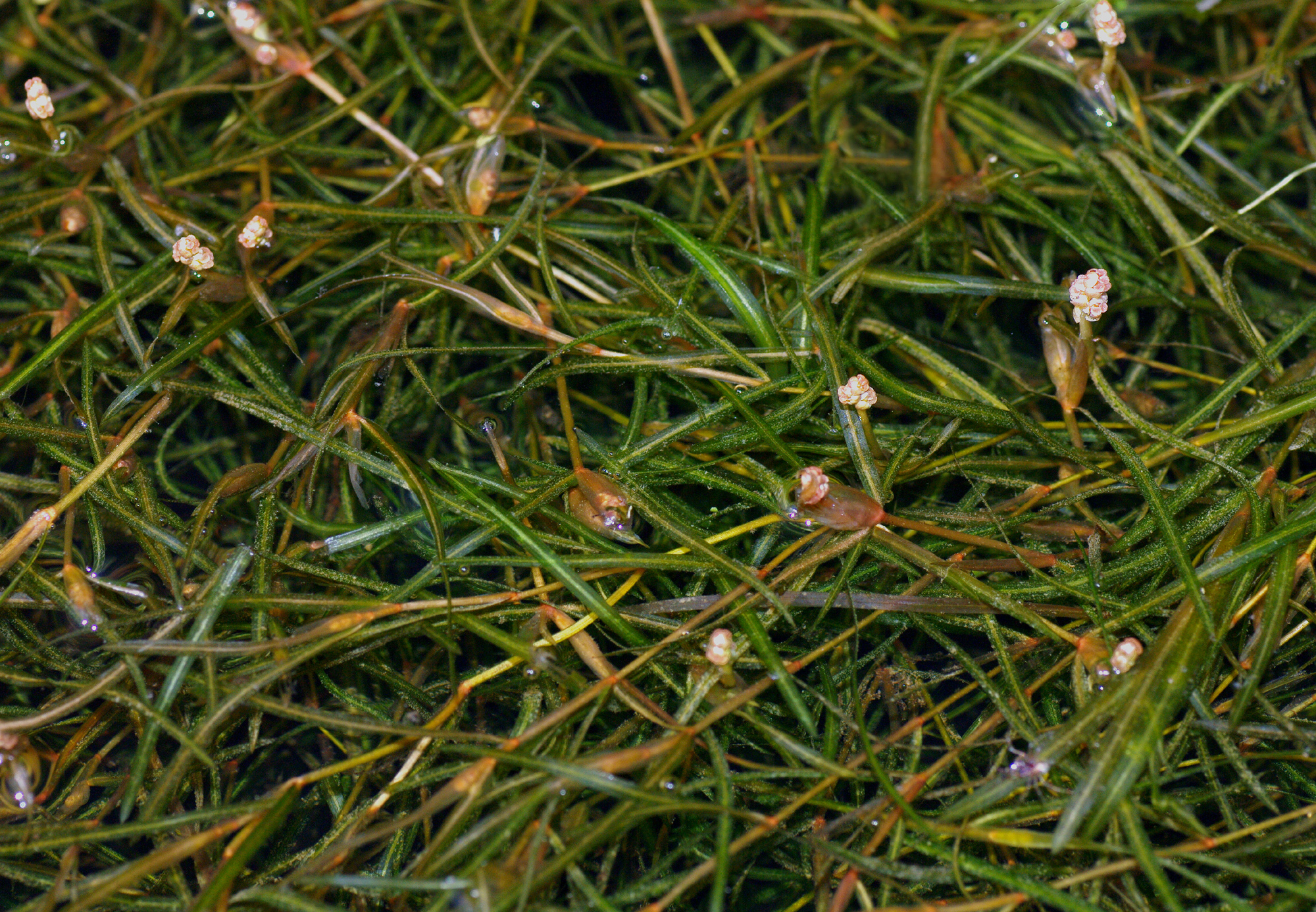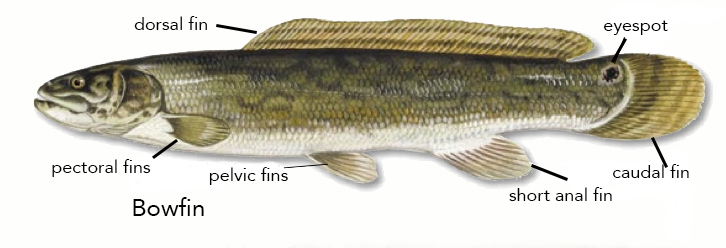|
Trout Lake (Wisconsin)
Trout Lake is in Vilas County, Wisconsin, near the towns of Boulder Junction and Arbor Vitae, Wisconsin. With a surface area of and a volume of , Trout Lake is one of the largest lakes in Vilas County. It has of shoreline, a large portion of which is undeveloped. There are also seven islands within the lake: Miller Island, Zimmerman Island, Haunted Island, Easter Island, Fisk Island, Chocolate Drop Island, and an unnamed island. It is a dimictic oligotrophic lake that supports a large number of sport fish, which has made it a popular angling destination. Physical aspects Geography Trout Lake's contributing watershed comprises an area of . The lake has a maximum width of and a surface elevation of . Trout Lake is part of Vilas County which is highly interconnected with bodies of water, with lakes and ponds covering more than 15% of its total area. Geology The lake's origin is as a glacial drainage lake, classified more specifically as a kettle lake. The lake bottom includes g ... [...More Info...] [...Related Items...] OR: [Wikipedia] [Google] [Baidu] |
Vilas County
Vilas County is a county in the state of Wisconsin, United States. As of the 2020 census, the population was 23,047. Its county seat is Eagle River. The county partly overlaps the reservation of the Lac du Flambeau Band of Lake Superior Chippewa. History Native Americans Native Americans have lived in what is now Vilas County for thousands of years. The county contains archaeological sites dating to the prehistoric Woodland period. In the eighteenth century, the area was disputed by the Dakota and Ojibwe people. According to oral histories, the conflict culminated in Ojibwe victory in a battle on Strawberry Island in Flambeau Lake around 1745. Ojibwe people have continued to live in the area ever since, securing the Lac du Flambeau Indian Reservation in the 1854 Treaty of La Pointe. Settlement The first recorded white settler was a man named Ashman who established a trading post in Lac du Flambeau in 1818. [...More Info...] [...Related Items...] OR: [Wikipedia] [Google] [Baidu] |
Potamogeton Pusillus
''Potamogeton pusillus'' is a species of aquatic plant known by the common names small pondweed, lesser pondweed or least pondweed. It occurs in standing and slow-flowing freshwater habitats throughout the Northern Hemisphere. Description Lesser pondweed is a superficially grasslike herb producing a very slender, branching, somewhat compressed stem, usually less than 70 cm but occasionally up to one metre in length. Nodal glands, if present, are generally poorly developed. The leaves are narrow and linear, translucent, mid or olive green, usually 20–50 mm long × 0.8-1.4 mm wide, but rarely up to 100 mm long and 1.9 mm wide. The midrib often lacks lacunae (transparent areas either side of the midrib) either side of it, and if present, lacunae are restricted to the lower half of the leaf. There are no floating leaves. The stipules are tubular when young, but tend to split with age. Turions are produced, often in large quantities. In early autumn the ... [...More Info...] [...Related Items...] OR: [Wikipedia] [Google] [Baidu] |
Trout-perch
''Percopsis omiscomaycus'', also known as the trout-perch, the grounder or the sand minnow, is one of two species in the family Percopsidae. Its name comes from the Greek root words ''perc'', meaning perch and ''opsi'' meaning appearance. The species name ''omiscomaycus'' is thought to be derived from a Native American word meaning ''trout''. These are freshwater fish that prefer clear to slightly turbid water, and are found in rivers and lakes throughout North America.Bosanko, Dave (2007), "Fish of Minnesota – Field Guide", pp. 162–163, Adventure Publication, Cambridge, MN. They are a generally small fish found in deep waters by day, but which migrate to shallower waters at night.They are most often seen washed up on beaches and are rarely seen alive or correctly identified. The trout-perch possess characteristics similar to both the trout and the perch.Bramblett, Robert, "Montana Cooperative Fishery Research Unit", Department of Ecology, Montana State University-Boz ... [...More Info...] [...Related Items...] OR: [Wikipedia] [Google] [Baidu] |
Bowfin
The bowfin (''Amia calva'') is a bony fish, native to North America. Common names include mudfish, mud pike, dogfish, grindle, grinnel, swamp trout, and choupique. It is regarded as a relict, being the sole surviving species of the Halecomorphi, a group of fish that first appeared during the Early Triassic, around 250 million years ago. The bowfin is often considered a "primitive fish" because they have retained some morphological characteristics of their early ancestors. The closest living relatives of bowfins are gars, with the two groups being united in the clade Holostei. Bowfins are demersal freshwater piscivores, commonly found throughout much of the eastern United States, and in southern Ontario and Quebec. Fossil deposits indicate Amiiformes were once widespread in both freshwater and marine environments across North and South America, Europe, Asia, and Africa. Now, their range is limited to much of the eastern United States and adjacent southern Canada, including th ... [...More Info...] [...Related Items...] OR: [Wikipedia] [Google] [Baidu] |
LTER
The Long Term Ecological Research Network (LTER) consists of a group of over 1800 scientists and students studying ecological processes over extended temporal and spatial scales. Twenty-eight LTER sites cover a diverse set of ecosystems. It is part of the International Long Term Ecological Research Network (ILTER). The project was established in 1980 and is funded by the National Science Foundation. Data from LTER sites is publicly available in the Environmental Data Initiative repository and findable through DataONE search. LTER sites There are 28 sites within the LTER Network across the United States, Puerto Rico, and Antarctica, each conducting research on different ecosystems. LTER sites are both physical places and communities of researchers. Some of the physical places are remote or protected from development, others are deliberately located in cities or agricultural areas. Either way, the program of research for each LTER is tailored to the most pressing and promising quest ... [...More Info...] [...Related Items...] OR: [Wikipedia] [Google] [Baidu] |
Lake Trout
The lake trout (''Salvelinus namaycush'') is a freshwater char living mainly in lakes in northern North America. Other names for it include mackinaw, namaycush, lake char (or charr), touladi, togue, and grey trout. In Lake Superior, it can also be variously known as siscowet, paperbelly and lean. The lake trout is prized both as a game fish and as a food fish. Those caught with dark coloration may be called ''mud hens''. Taxonomy It is the only member of the subgenus ''Cristovomer'', which is more derived than the subgenus '' Baione'' (the most basal clade of ''Salvelinus'', containing the brook trout (''S. fontinalis'') and silver trout (''S. agasizii'')) but still basal to the other members of ''Salvelinus''. Range From a zoogeographical perspective, lake trout have a relatively narrow distribution. They are native only to the northern parts of North America, principally Canada, but also Alaska and, to some extent, the northeastern United States. Lake trout have been wide ... [...More Info...] [...Related Items...] OR: [Wikipedia] [Google] [Baidu] |
Sphagnum
''Sphagnum'' is a genus of approximately 380 accepted species of mosses, commonly known as sphagnum moss, peat moss, also bog moss and quacker moss (although that term is also sometimes used for peat). Accumulations of ''Sphagnum'' can store water, since both living and dead plants can hold large quantities of water inside their cells; plants may hold 16 to 26 times as much water as their dry weight, depending on the species.Bold, H. C. 1967. Morphology of Plants. second ed. Harper and Row, New York. p. 225-229. The empty cells help retain water in drier conditions. As sphagnum moss grows, it can slowly spread into drier conditions, forming larger mires, both raised bogs and blanket bogs. Thus, sphagnum can influence the composition of such habitats, with some describing sphagnum as 'habitat manipulators'. These peat accumulations then provide habitat for a wide array of peatland plants, including sedges and Calcifuges, ericaceous shrubs, as well as orchids and carnivorous plant ... [...More Info...] [...Related Items...] OR: [Wikipedia] [Google] [Baidu] |
Abies Balsamea
''Abies balsamea'' or balsam fir is a North American fir, native to most of eastern and central Canada (Newfoundland west to central Alberta) and the northeastern United States (Minnesota east to Maine, and south in the Appalachian Mountains to West Virginia). Description Balsam fir is a small to medium-size evergreen tree typically tall, occasionally reaching a height of . The narrow conic crown consists of dense, dark-green leaves. The bark on young trees is smooth, grey, and with resin blisters (which tend to spray when ruptured), becoming rough and fissured or scaly on old trees. The leaves are flat and needle-like, long, dark green above often with a small patch of stomata near the tip, and two white stomatal bands below, and a slightly notched tip. They are arranged spirally on the shoot, but with the leaf bases twisted so that the leaves appear to be in two more-or-less horizontal rows on either side of the shoot. The needles become shorter and thicker the higher they ... [...More Info...] [...Related Items...] OR: [Wikipedia] [Google] [Baidu] |
Picea Mariana
''Picea mariana'', the black spruce, is a North American species of spruce tree in the pine family. It is widespread across Canada, found in all 10 provinces and all 3 territories. It is the official tree of the province of Newfoundland and Labrador and is that province's most numerous tree. The range of the black spruce extends into northern parts of the United States: in Alaska, the Great Lakes region, and the upper Northeast. It is a frequent part of the biome known as taiga or boreal forest.. The Latin specific epithet ''mariana'' means “of the Virgin Mary”. Description ''P. mariana'' is a slow-growing, small upright evergreen coniferous tree (rarely a shrub), having a straight trunk with little taper, a scruffy habit, and a narrow, pointed crown of short, compact, drooping branches with upturned tips. Through much of its range it averages tall with a trunk diameter at maturity, though occasional specimens can reach tall and diameter. The bark is thin, scaly, and ... [...More Info...] [...Related Items...] OR: [Wikipedia] [Google] [Baidu] |
Larix Laricina
''Larix laricina'', commonly known as the tamarack, hackmatack, eastern larch, black larch, red larch, or American larch, is a species of larch native to Canada, from eastern Yukon and Inuvik, Northwest Territories east to Newfoundland, and also south into the upper northeastern United States from Minnesota to Cranesville Swamp, West Virginia; there is also an isolated population in central Alaska. The word ''akemantak'' is an Algonquian name for the species and means "wood used for snowshoes". Description ''Larix laricina'' is a small to medium-size boreal coniferous and deciduous tree reaching tall, with a trunk up to diameter. Tamaracks and larches (''Larix'' species) are deciduous conifers. The bark is tight and flaky, pink, but under flaking bark it can appear reddish. The leaves are needle-like, short, light blue-green, turning bright yellow before they fall in the autumn, leaving the pale pinkish-brown shoots bare until the next spring. The needles are produced spi ... [...More Info...] [...Related Items...] OR: [Wikipedia] [Google] [Baidu] |
Thuja Occidentalis
''Thuja occidentalis'', also known as northern white-cedar, eastern white-cedar, or arborvitae, is an evergreen coniferous tree, in the cypress family Cupressaceae, which is native to eastern Canada and much of the north-central and northeastern United States. It is widely cultivated as an ornamental plant. Common names Its additional common names include swamp cedar, American arborvitae, and eastern arborvitae. The name arborvitae is particularly used in the horticultural trade in the United States; it is Latin for 'tree of life' – due to the supposed medicinal properties of the sap, bark, and twigs.''Thuja'', American Cancer Society, last revised 6/19/2007available online/ref> It is sometimes called white-cedar (hyphenated) or whitecedar (one word) to distinguish it from ''Cedrus'', a distantly related genus of trees also known as cedars. Description Unlike the closely related western red cedar (''Thuja plicata''), northern white cedar is only a small or medium-sized tree ... [...More Info...] [...Related Items...] OR: [Wikipedia] [Google] [Baidu] |
Pinus Strobus
''Pinus strobus'', commonly called the eastern white pine, northern white pine, white pine, Weymouth pine (British), and soft pine is a large pine native to eastern North America. It occurs from Newfoundland, Canada west through the Great Lakes region to southeastern Manitoba and Minnesota, United States, and south along the Appalachian Mountains and upper Piedmont to northernmost Georgia and perhaps very rarely in some of the higher elevations in northeastern Alabama. It is considered rare in Indiana. The Native American Haudenosaunee named it the "Tree of Peace". It is known as the "Weymouth pine" in the United Kingdom, after Captain George Weymouth of the British Royal Navy, who brought its seeds to England from Maine in 1605. Distribution ''P. strobus'' is found in the nearctic temperate broadleaf and mixed forests biome of eastern North America. It prefers well-drained or sandy soils and humid climates, but can also grow in boggy areas and rocky highlands. In mixed ... [...More Info...] [...Related Items...] OR: [Wikipedia] [Google] [Baidu] |









